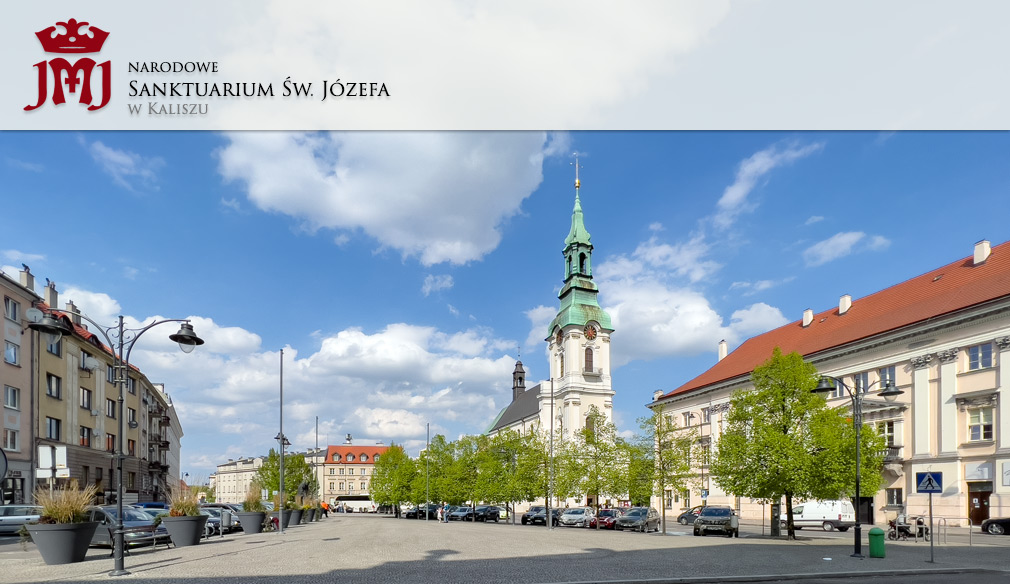The Chapel of Martyrdom and Gratitude
In the Chapel of Martyrdom and Gratitude (located in the basement of St Joseph basilica in Kalisz) one can find 1800 names of priests, diocesan, and monastic clerics who were murdered. The chapel was created in 1970 on the initiative of the priests who were the Dachau concentration camp survivors.
In the entrance to the chapel we can see a fence resembling barbed wire and a stone plaque saying: “To Saint Joseph as an expression of thankfulness for the deliverance from the abyss of death, to commemorate the tormented to death brothers. The priests who lived to see the Silver Jubilee of the liberation from the Dachau concentration camp. 29th April 1945 – 1970.” The construction supervisor of the chapel was late Rev. Msgr. Władysław Sarnik, a former Dachau prisoner. He was also the author of the picture (placed over the stairs) painted at the Dachau camp the day after the miraculous liberation. The Primate of Poland Cardinal Stefan Wyszyński blessed the finished chapel in Cardinal Karol Wojtyła’s presence on the 25th anniversary of the miraculous liberation. The chapel consists of two chambers: in one of them we can see numerous camp relics handed over by the prisoners, in the other the saved prisoners gather for prayer and the Holy Mass is celebrated for the pilgrims.
Among the relics from the Dachau concentration camp we can find a prisoner’s striped clothing with a red triangle and a letter “P” sewed on it, a cap, metal cups, rosaries made out of bread, prayer books, a burse, and other prisoners’ belongings. There is also a showcase which displays a wooden monstrance that can be resolved into smaller parts, which allowed it to be easily hidden from the Germans. During the war instead of a thin wafer the priests would put a piece of bread inside.
The underground Chapel also houses a plaque with the names of the murdered. Each name marked with a cross is a separate camp story.




